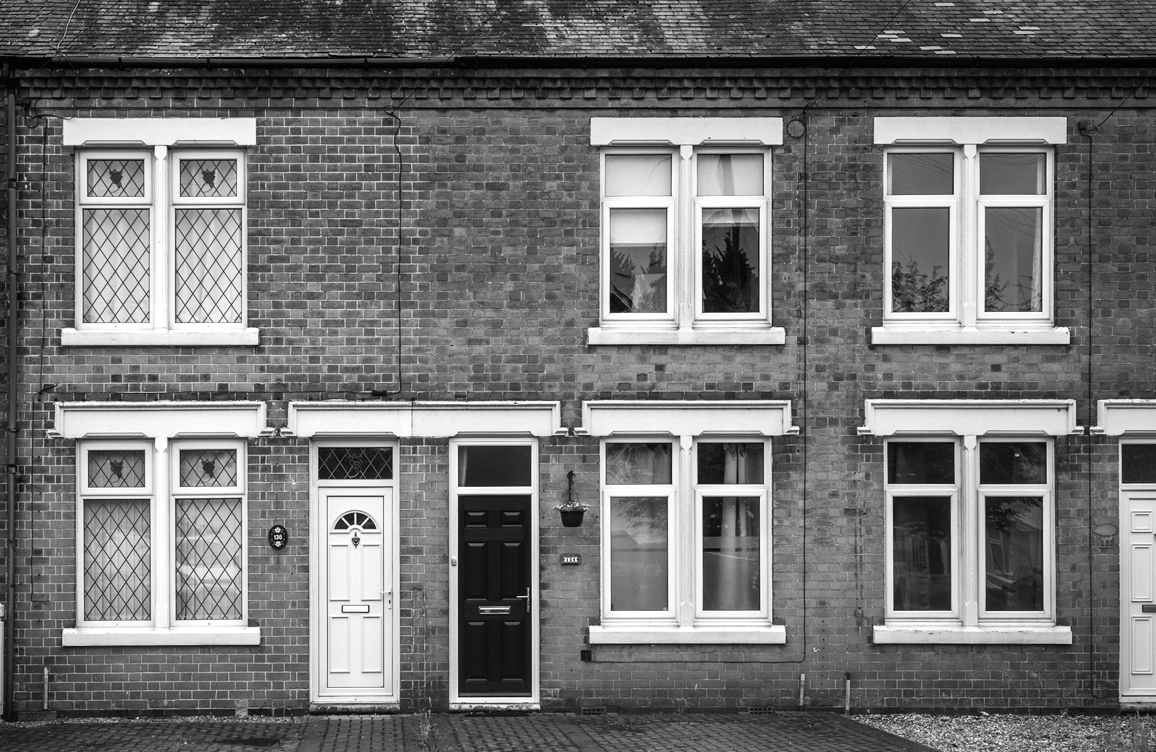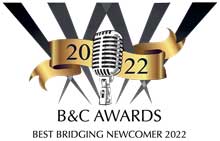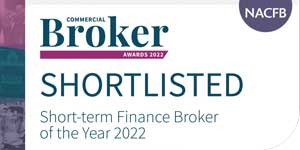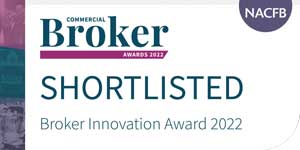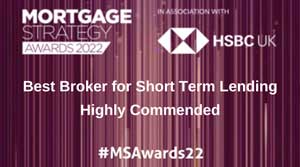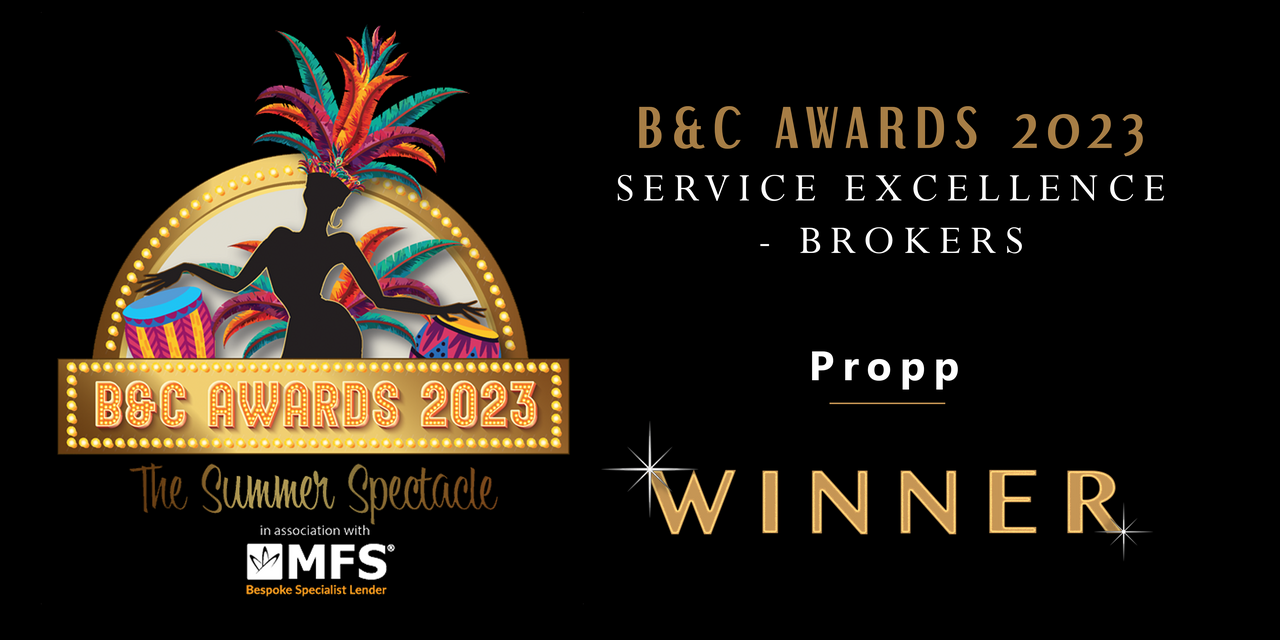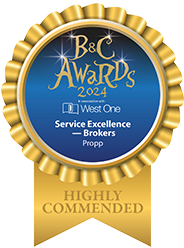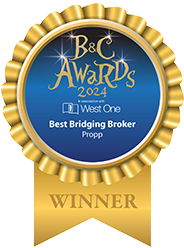Are you curious about how to buy a house and rent it out? Well, one important thing to figure out is how much money you should borrow for a mortgage.
Investing in a buy-to-let property can be a smart financial move, but it’s crucial to understand the mortgage lending process and how much you can borrow. Whether you’re a seasoned property investor pro or a wide-eyed first timer, choosing the right buy-to-let mortgage can make or break your financial success in the long run.
Now, before we look at borrowing amounts, let’s first wrap our heads around what buy-to-let mortgages are and how they’re different from residential mortgages.
As the name suggests, buy-to-let mortgages are specifically designed for landlords looking to purchase properties to rent out. These mortgages don’t play by the same rules as residential mortgages; they rely on rental income to pay the mortgage off, rather than just the borrower’s income and credit score.
But hold on, there are a few more quirks to keep in mind…
Buy-to-let mortgages demand a higher deposit, typically around 25% of the property value. Why? Because lenders consider them a tad riskier than residential mortgages.
And speaking of risk, brace yourselves for higher interest rates on buy-to-let mortgages.
Interest rates on buy-to-let mortgages are generally higher than residential mortgages.
But wait, there’s more! Buy-to-let mortgages often come with sneaky little fees, like arrangement fees and valuation fees. These fees can add up, so it’s essential to factor them into your calculations!
Ah, and let’s not forget the magical rule of the rental income for buy-to-let mortgages. Lenders typically want the rental income to be at least 125% of the buy-to-let mortgage repayments. It’s like a safety net for those dry spells when your property might be vacant.
Now that we’ve got the mortgage basics covered, let’s consider some crucial factors when deciding how much to borrow for this buy-to-let mortgage.
Rental income potential – no crystal balls needed, just some good old market analysis to see if your investment will bring in the moolah.
Rental yields in different property markets – the yield of a property is a crucial metric for any property investor as it helps them to determine the profitability and potential of a rental property. By researching the rental yields in different property markets and comparing them, investors can make informed decisions and maximise their return on investment.
Property value and purchase price – naturally, a buy-to-let investment’s purchase price and property value will sway your borrowing potential. But don’t be fooled by high prices – a higher-priced property doesn’t guarantee a better return on investment.
Your financial situation and credit score – while the potential rental income and property value are essential factors to consider, lenders will also assess your personal financial situation and credit score when determining how much you can borrow. They want to know you’re a responsible borrower, after all. So, keep those aspects in check, especially if you’re self-employed or have a unique income situation. Seek advice from financial gurus, like us, to navigate the mortgage application process and find the ultimate deal for your unique circumstances.
So, there you have it, buying a house to rent out can be exciting, but being savvy with your borrowing decisions is the secret sauce.
When considering how much to borrow for a buy-to-let mortgage, dive into the research of the rental market, compare mortgage providers like a pro and watch your property portfolio bloom!

